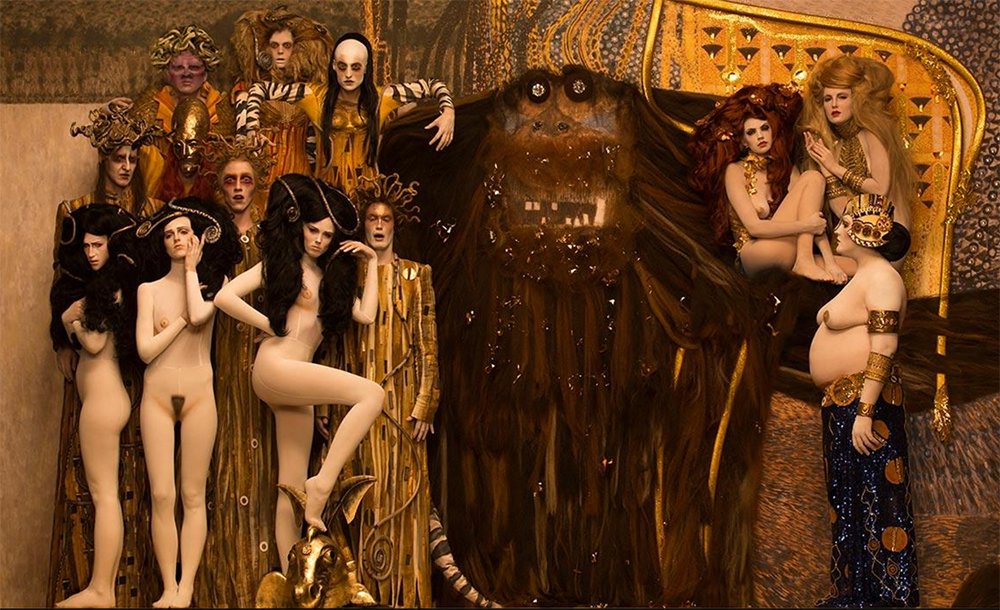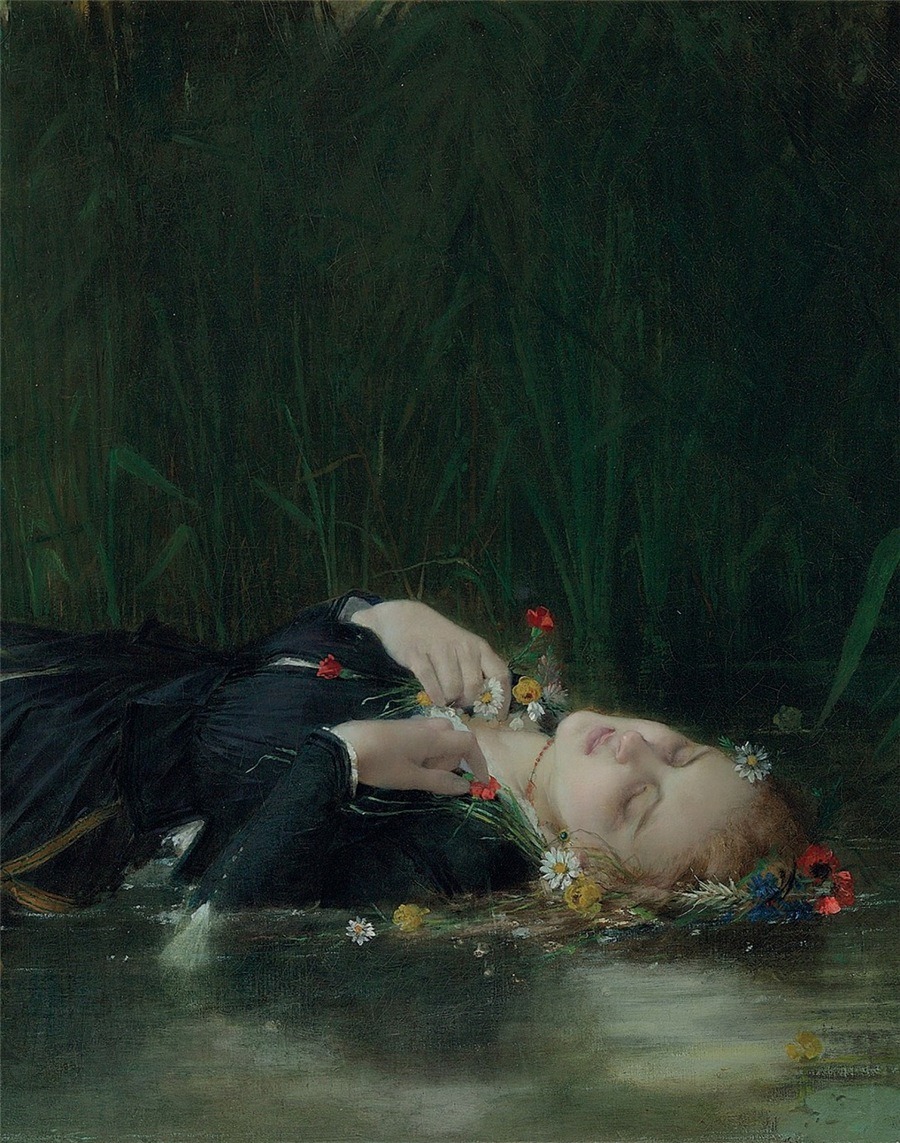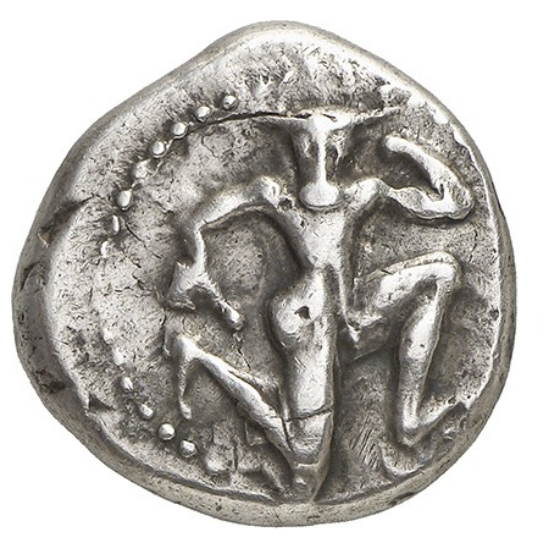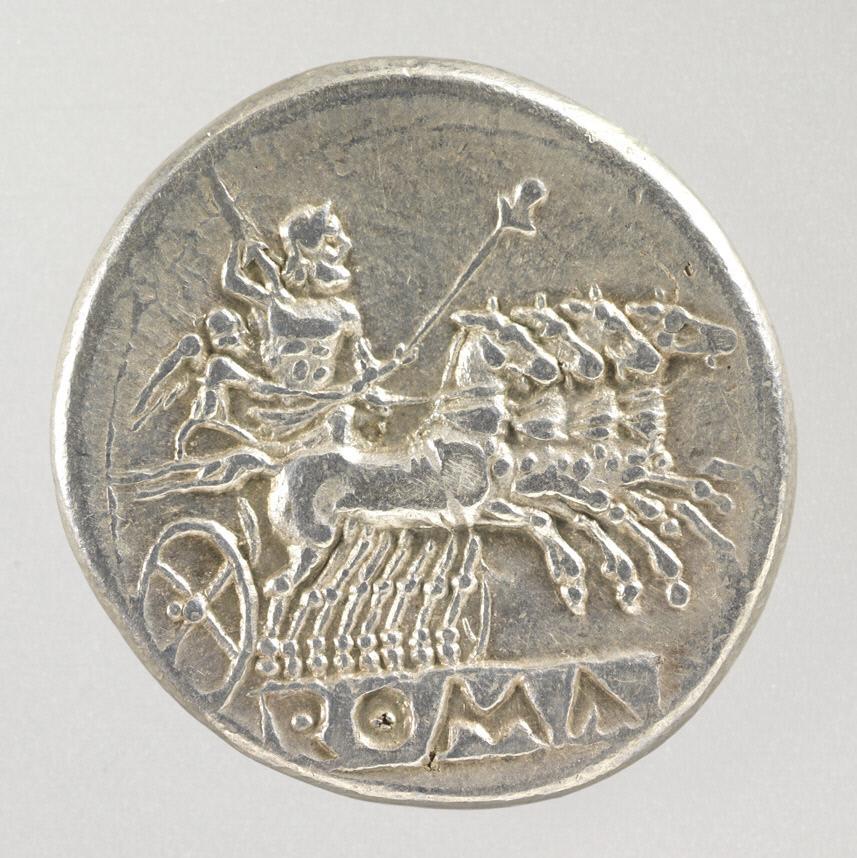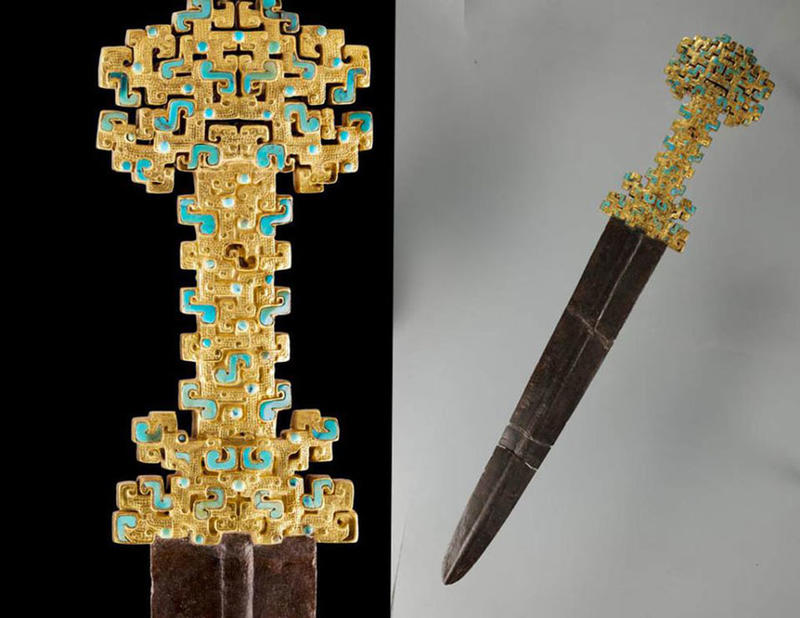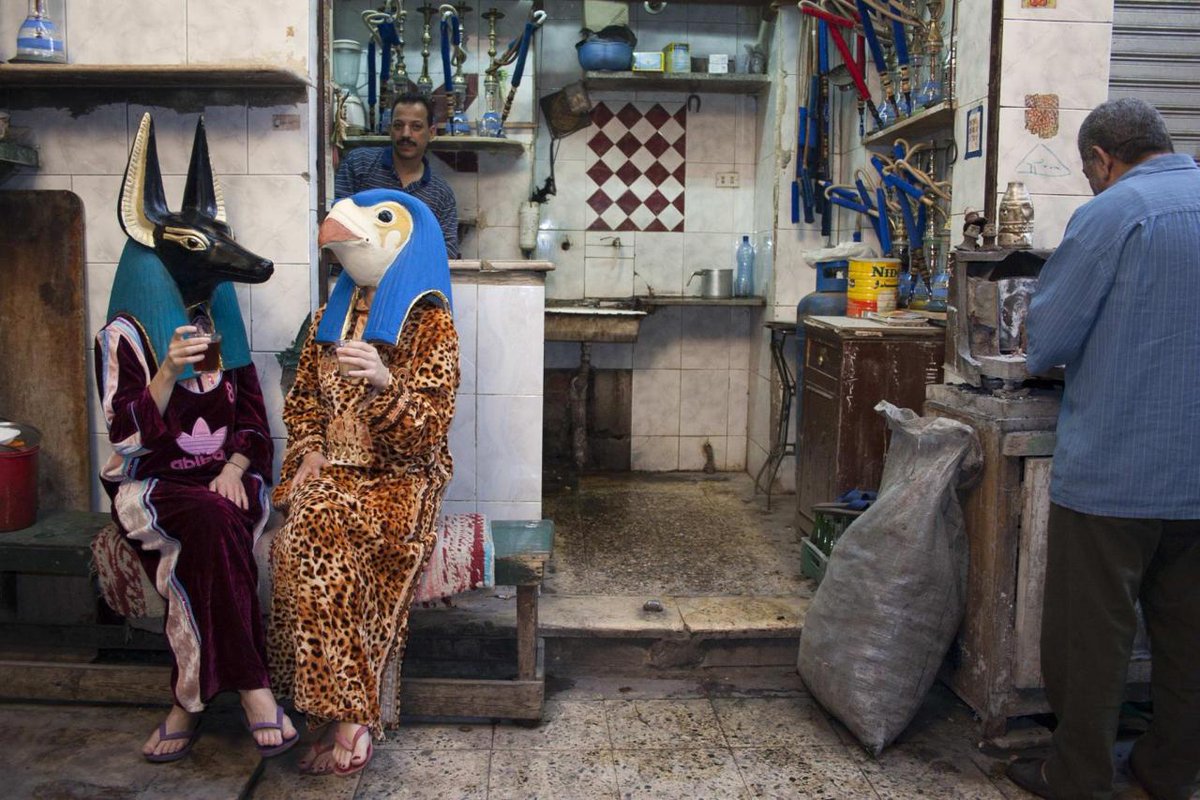1501
1506
1507
1508
1509
1510
1511
1513
1514
1516
1517
1518
1519
1520
1521
1522
1523
Anubis & Horus spotted having tea in Cairo.By J &K (Janne Schäfer and Kristine Agergaard), as a part of the exhibition Tea with Nefertiti, 2006.
1525






